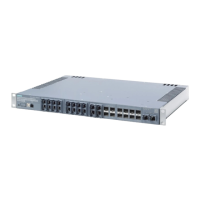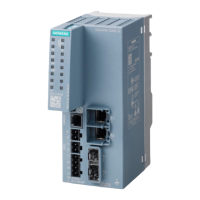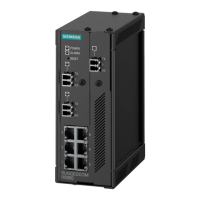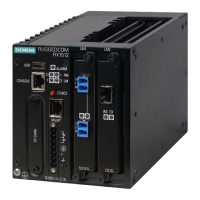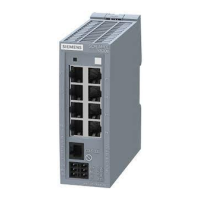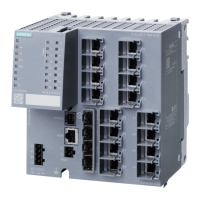Note
TP cords or TP-XP cords with a maximum length of 10 m can be connected to the RJ-45 TP port.
With the IE FC cables and IE FC RJ-45 plug 180, an overall cable length of up to 100 m is permitted
between two devices depending on the cable type.
Autonegotiation
Autonegotiation means the automatic detection of the functionality of the port at the opposite
end. Using autonegotiation, network components or end devices can detect the functionality
available at the port of a partner device allowing automatic conguration of dierent types of
device. With autonegotiation, two components connected to an Ethernet segment can
exchange parameters and set themselves to match the supported communication
functionality.
Note
Devices not supporting autonegotiation must be set to 100 Mbps/ half duplex or 10 Mbps half
duplex.
Note
The CSM 1277 is a plug-and-play device that does not require settings to be made for
commissioning.
Auto polarity exchange
If the pair of receiving cables are incorrectly connected (RD+ and RD- swapped over), the polarity
is adapted automatically.
MDI /MDIX autocrossover function
The advantage of the MDI /MDIX autocrossover function is that straight-through cables can be
used throughout and crossover Ethernet cables are unnecessary. This prevents malfunctions
resulting from mismatching send and receive wires. This makes installation much easier for the
user.
Insulation between the ports
There are two port groups:
Group1: P1 and P2
Group2: P3 and P4
Between ports of dierent port groups, an insulation voltage of 1.5 kV is adhered to
(corresponds to IEEE802.3 Section 33.4.1.1, Environment B). For example between P1 and P4.
Product characteristics
3.4 TP ports
Compact Switch Module CSM 1277
Compact Operating Instructions, 06/2022, A2B00079397-02 15
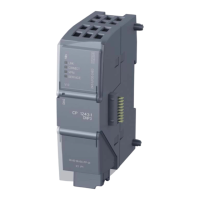
